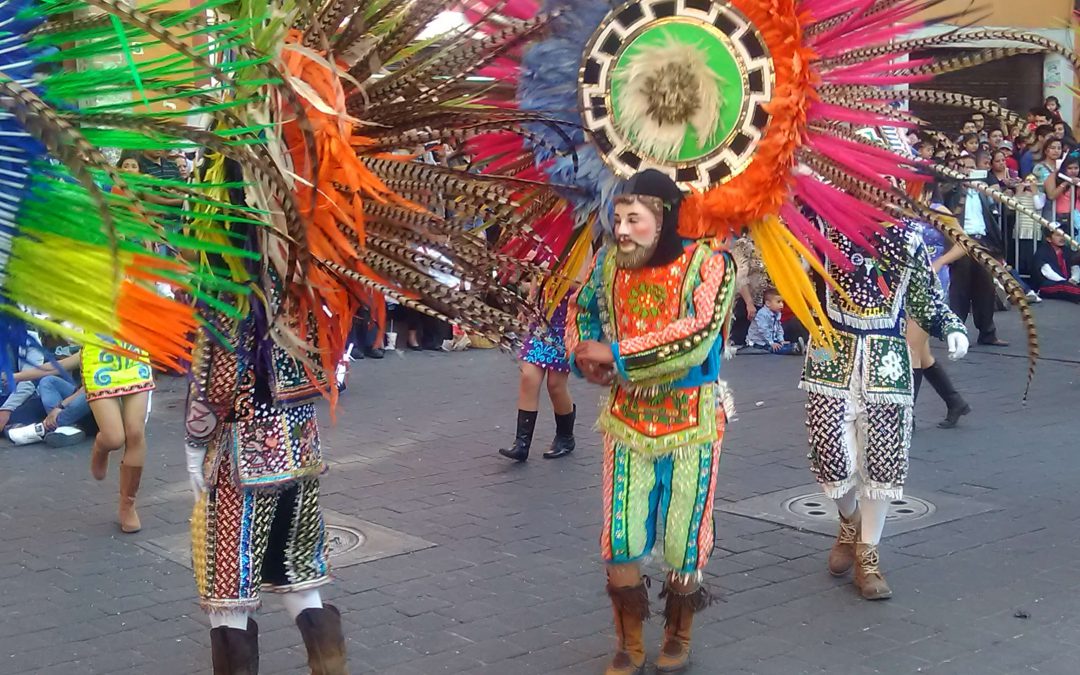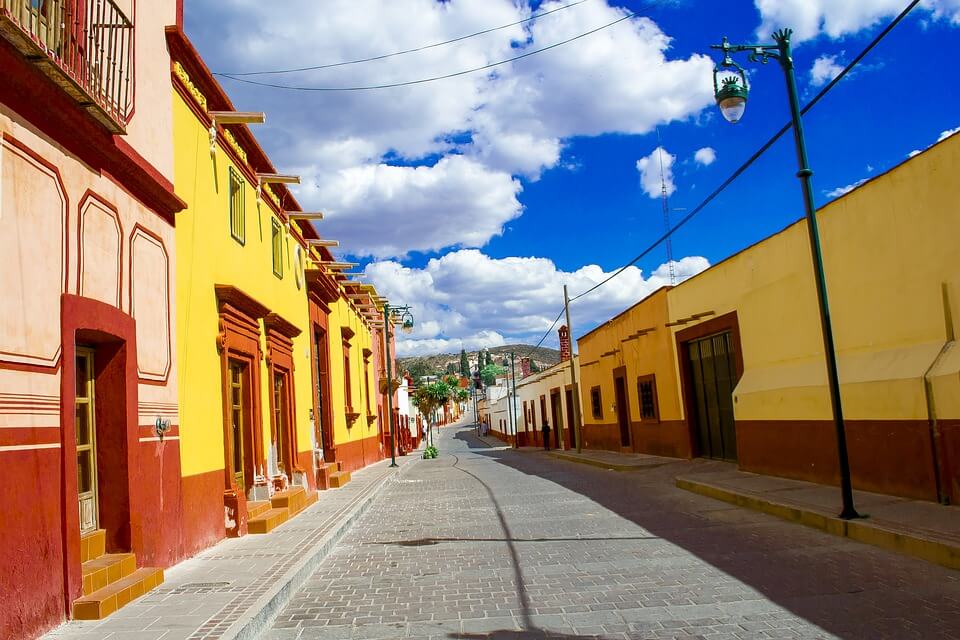Tlaxcala
Welcome to Tlaxcala
Tlaxcala is one of the smallest entities of Mexico, occupying the 31st of 32 places by territorial extension; nevertheless it has an enormous cultural tradition and beautiful towns for a touristic tour.
Since pre-Hispanic times, Tlaxcala played an important role in the daily life of the central zone of the country. Its economic activity is based on the production of food and beverages, in addition to the harvest of peppermint, roses and peach.
This state has three important contributions to the country, such as its pre-Hispanic sites, the taurine tradition that has as its main bastion in the town of Huamantla and its precious crafts that are generated in much of its territory. It also highlights its peaceful life with populations that do not exceed one hundred thousand inhabitants.
the Best of Tlaxcala

Tlaxcala Carnival a tradition of many years
The Tlaxcala Carnival is a tradition better known as "The Carnival" in which its participants wear typical and quirky costumes. The Tlaxcala Carnival is held every year where the residents of Tlaxcala and their neighbors from the State of Mexico, Hidalgo and Puebla...

City of Tlaxcala and its historical murals
The City of Tlaxcala played a very important role in the history of Mexico since the conquest. The City of Tlaxcala always surprises many of its visitors when they arrive they find a large, clean historic center with well-marked streets and avenues that together with...
Featuring
La Luz de México

To share our beautiful and beloved Mexico is the main reason behind our blog “Visit Mexico”. All of us at BestMex are proud of our Mexican roots, our people, and our culture. In every blog article we want to bring you to every corner of our romantic Republic. Our inspiration lies in our effort to bring pieces of our country to people like us who are far from the land they love.
Articles of Interest
Driving to Mexico?
Did You Know?
Mexican Federal Law requires that while your auto is in Mexico you must have Mexican Auto insurance
Need Mexican Tourist Auto Insurance?
Tlaxcala Information
Tourist routes in Tlaxcala for traveling by car:
Tlaxcala has one of its most traditional villages in Huamantla. Every year Huamantlada is held here, a bullfighting festival very similar to the one held in Pamplona, Spain, where bulls run through the streets on the way to the bullring, where the bullfight occurs. The archaeological zones are very important in the state and the main one is Cacaxtla, although also they emphasize Xochitécatl and Tizatlán. Likewise, religious colonial architecture is an important tourist attraction, with different convents, churches and parishes in the state capital and in other towns.
The haciendas are of great beauty and are divided into two great activities, the breeding of fighting bulls which is in tune with the deep rooting towards the taurine fiesta in the state, and the production of pulque which is a pre-Hispanic fermented drink that has recovered great popularity in the center of the country. Among the most renowned haciendas are San Bartolomé, Soltepec and Tenexac.
Its festivities are also very famous, highlighting the Day of the Dead, The Night that No One Sleeps on August 14 of each year in honor of the Virgin of Charity in Huamantla, the Annual Taco de Canasta Fair and the National Balloon Festival of China Paper.
For those who seek to be in contact with nature, the National Park La Malinche houses a beautiful forest at the foot of the Malinche Volcano and a varied fauna and flora.
Main Roads:
The capital of the state is named Tlaxcala de Xicohténcatl and Highway 117 connects with the 150 to take to Mexico City. Highway 119 connects the Tlaxcalan capital with Puebla de los Ángeles.
Carretera 136 crosses the state from east to west, joining the towns of Huamantla and Apizaco, interconnecting with Highway 40D that serves as a ring peripheral to Mexico City and that allows to escape to pass through the Mexican capital when crossing the central zone of the country from east to west.
Most important cities:
The main cities in the state of Tlaxcala according to the size of its population are:
Reynosa with 981,732 inhabitants.
Villa Vicente Guerrero with 60,001 inhabitants.
Huamantla with 51,996 inhabitants.
Apizaco with 49,506 inhabitants.
